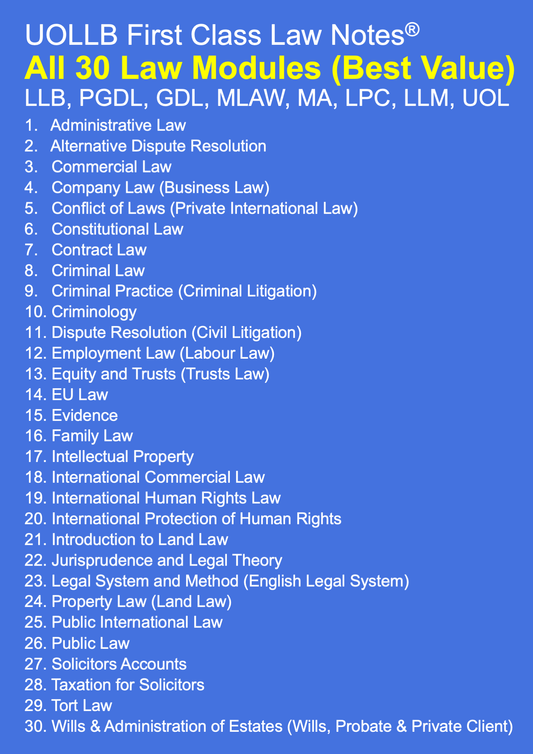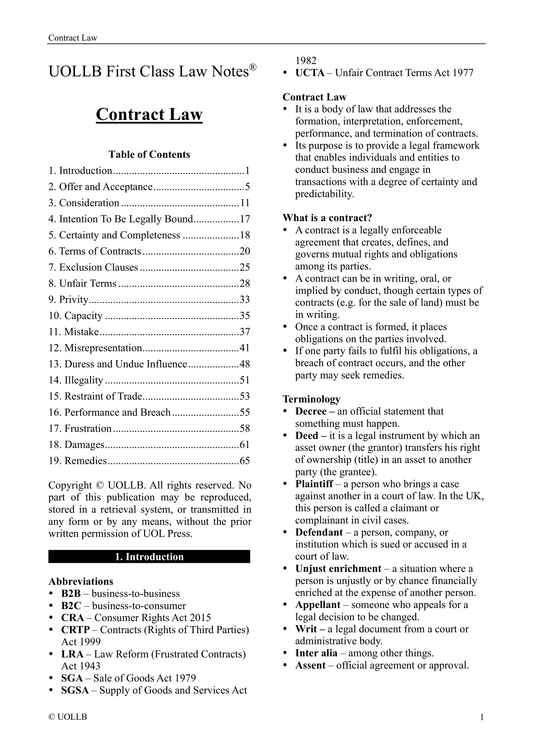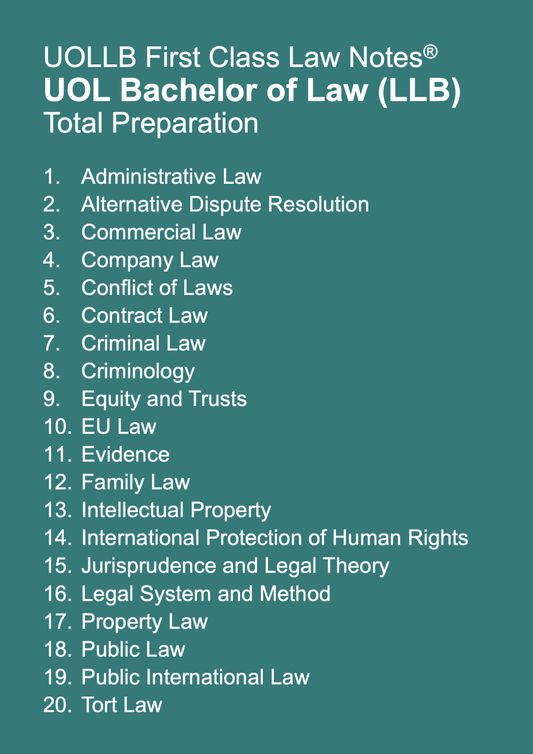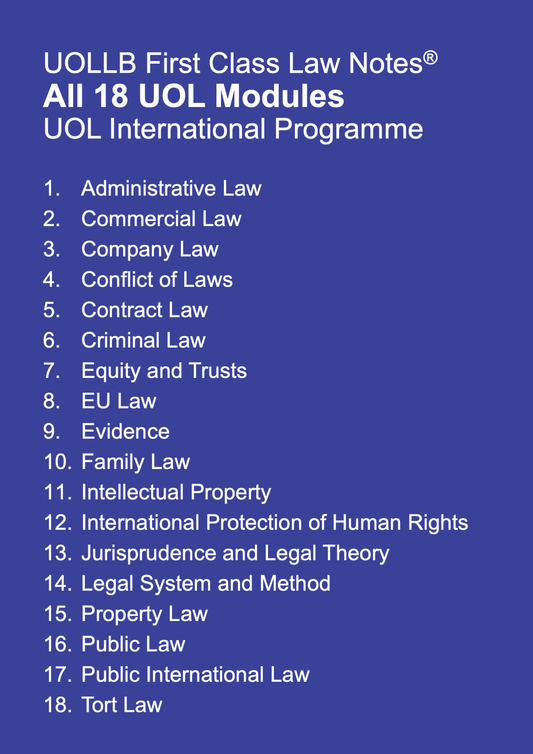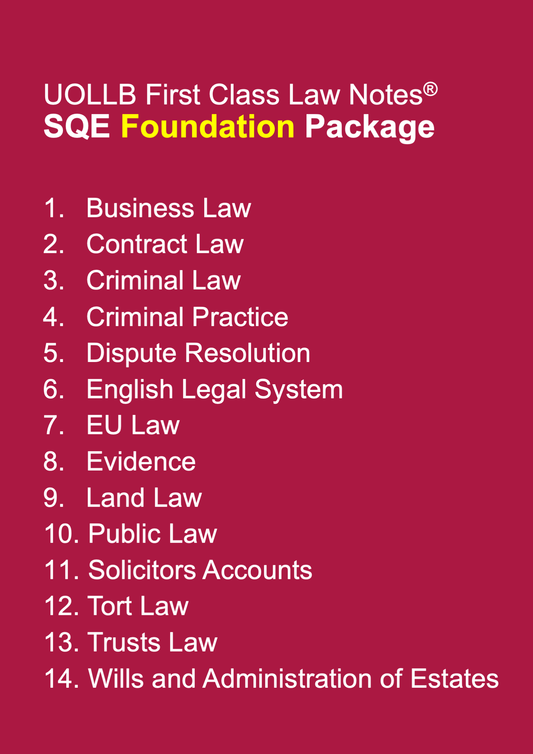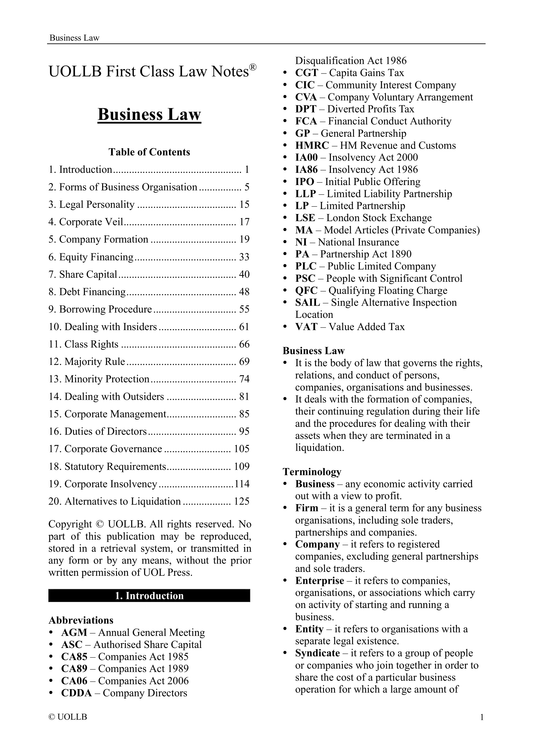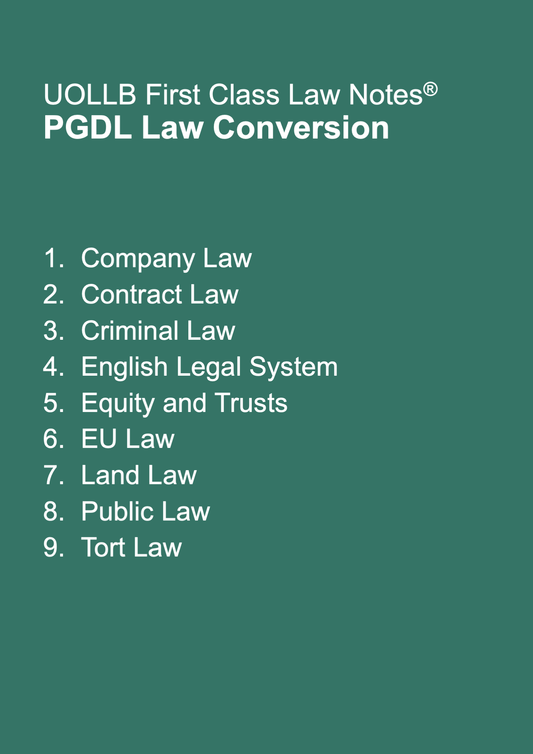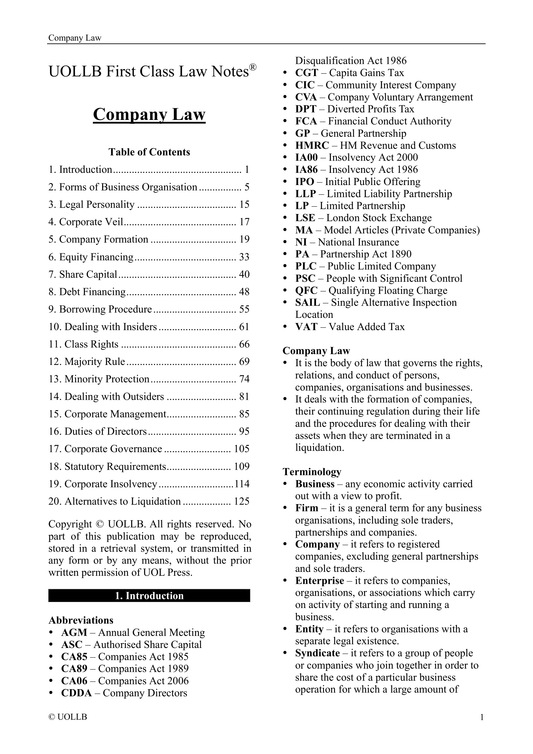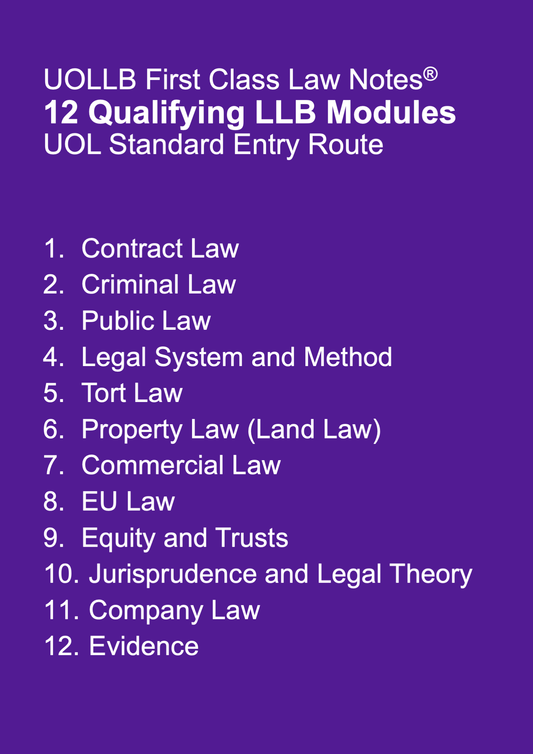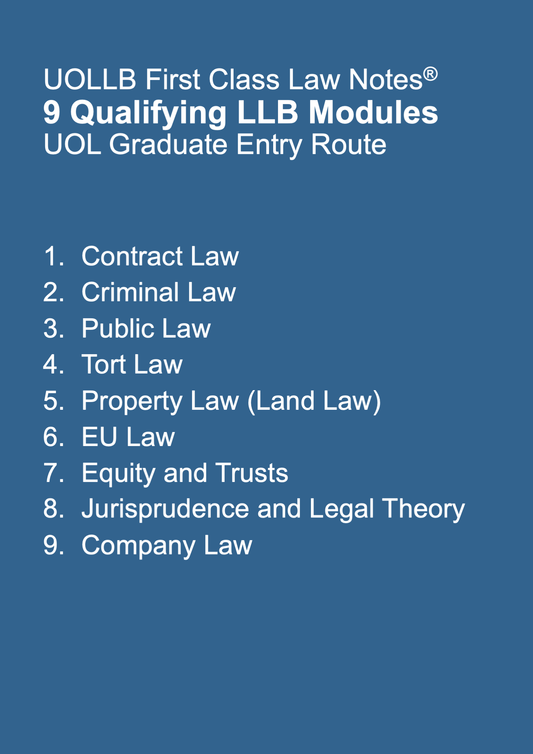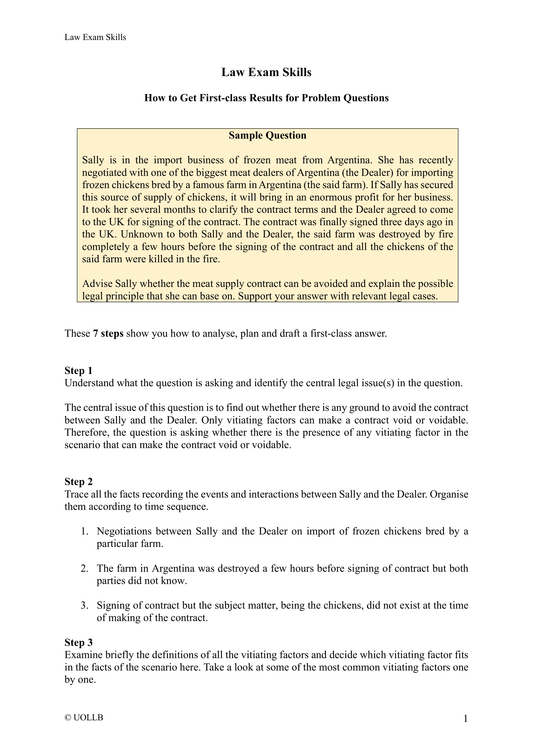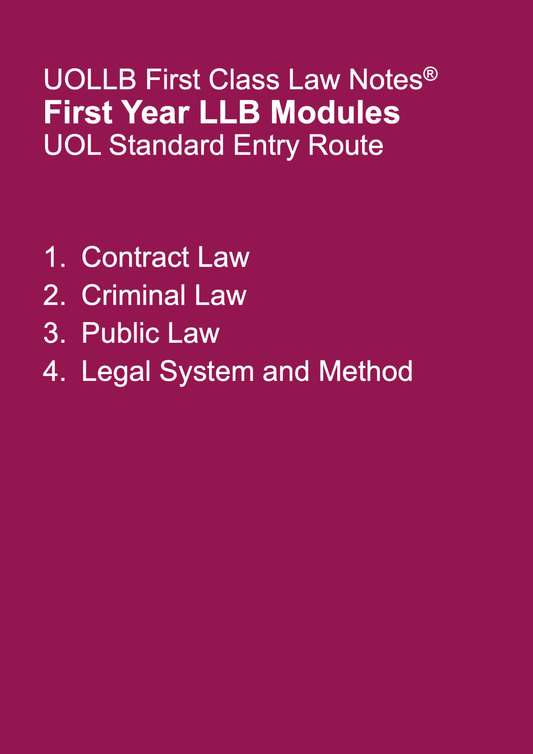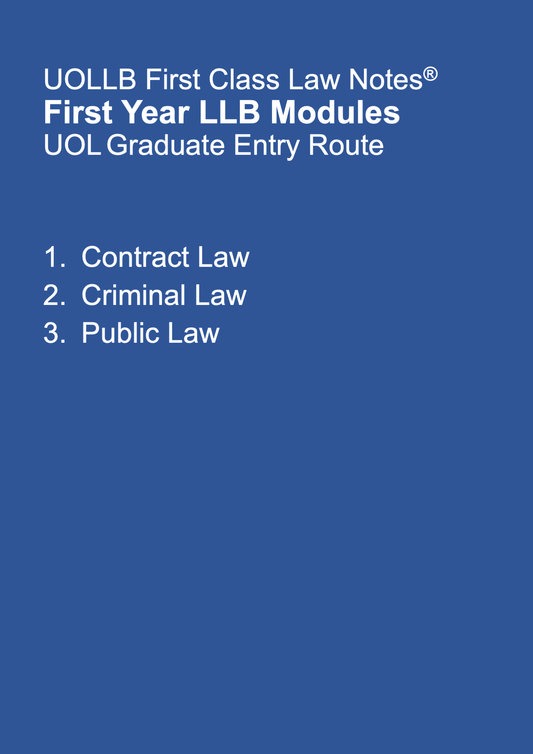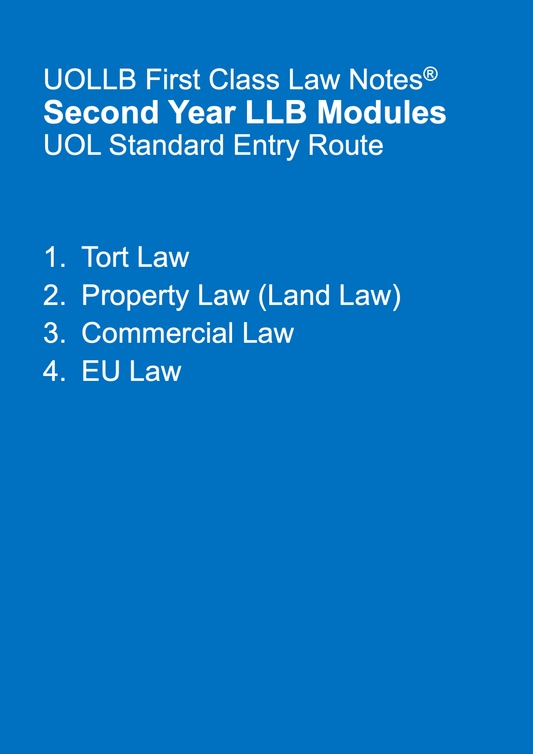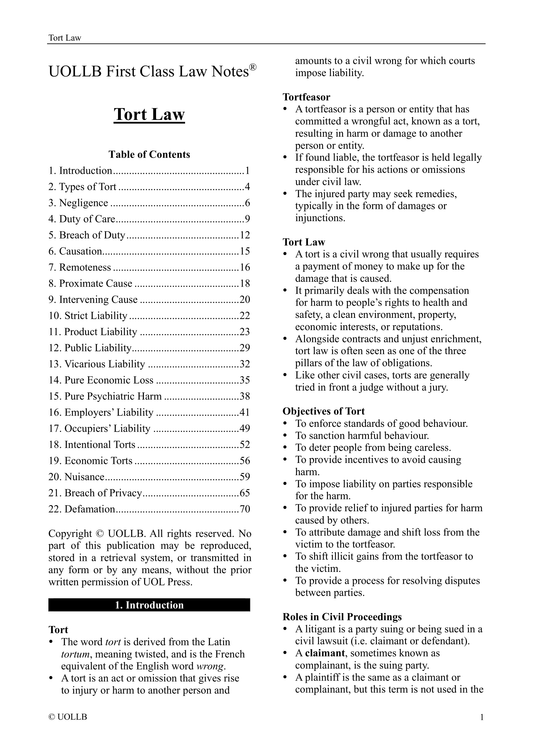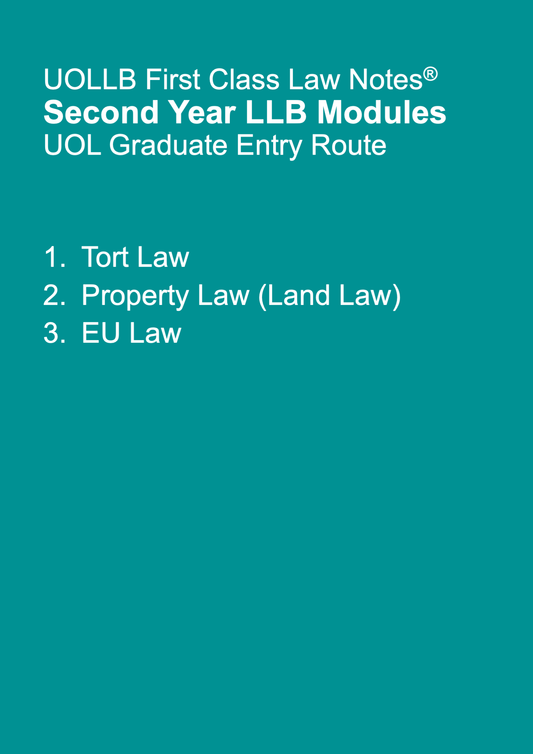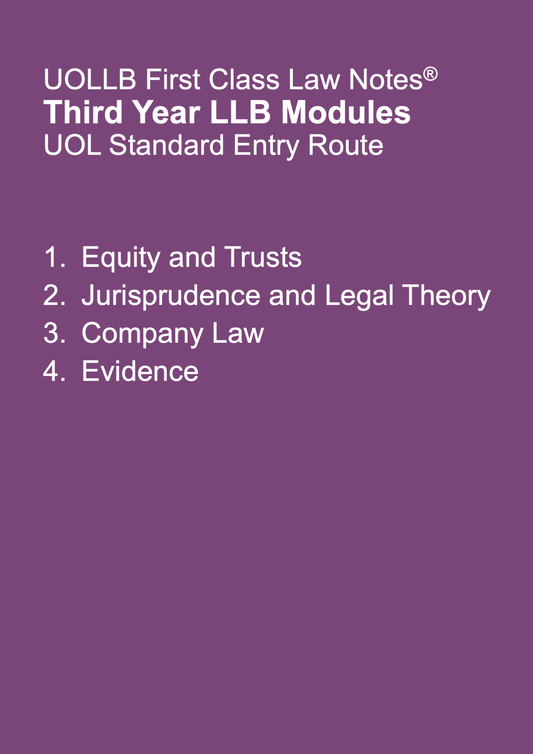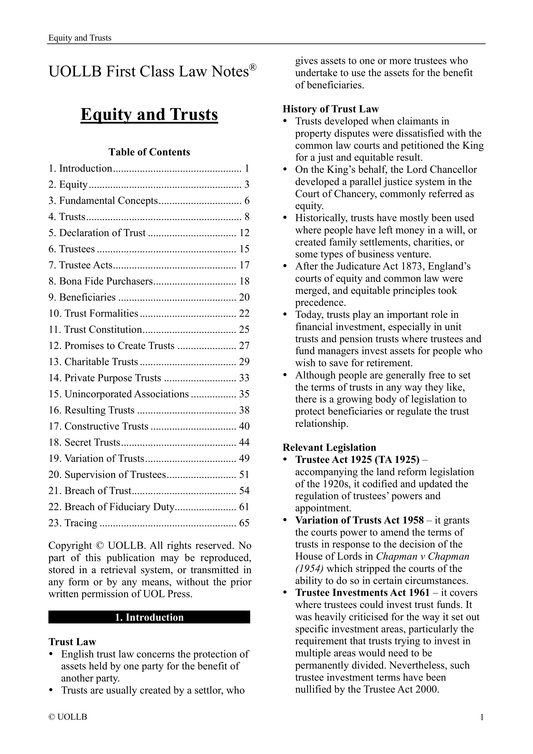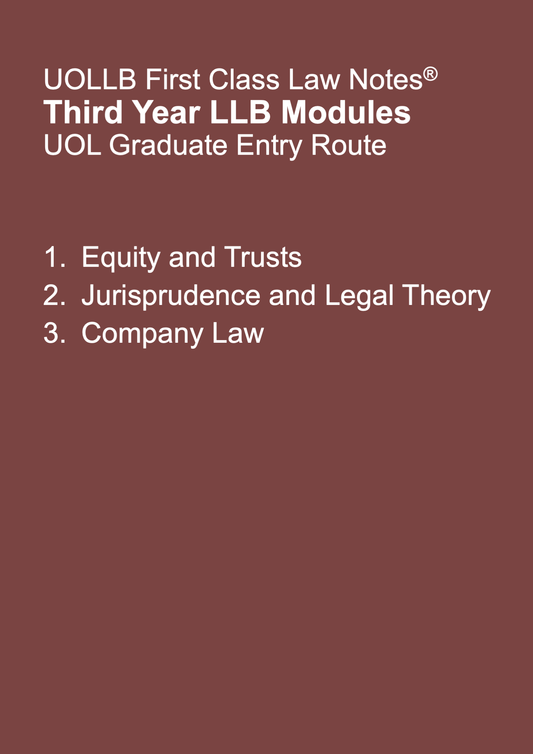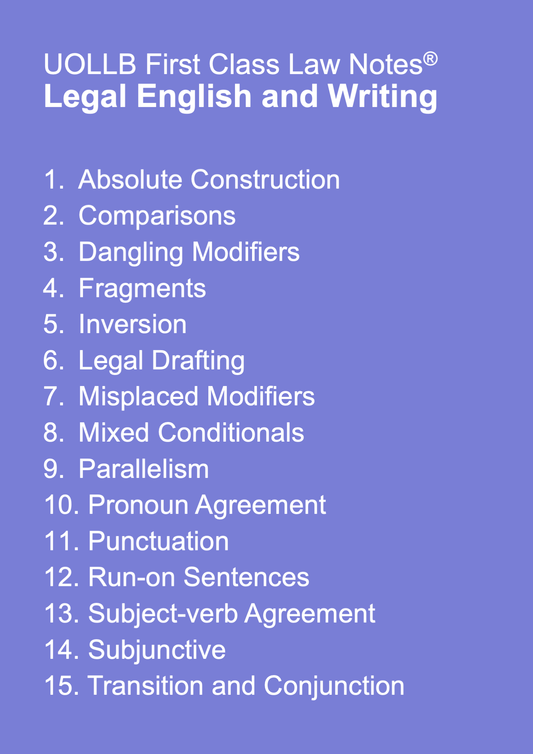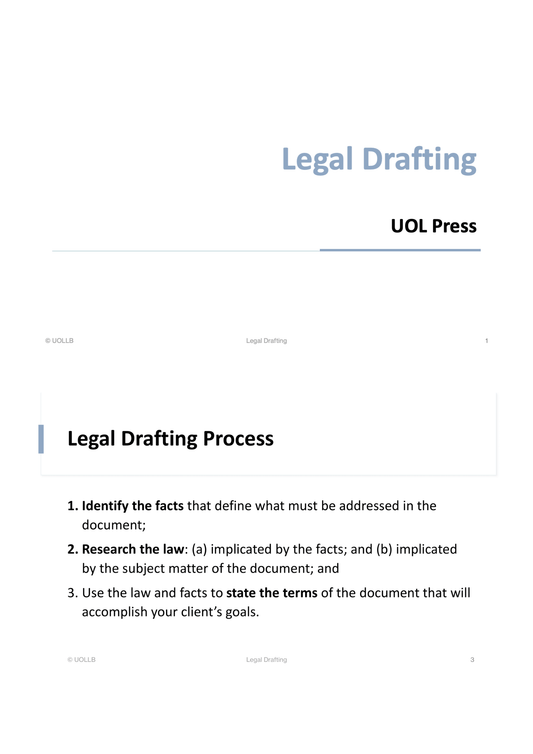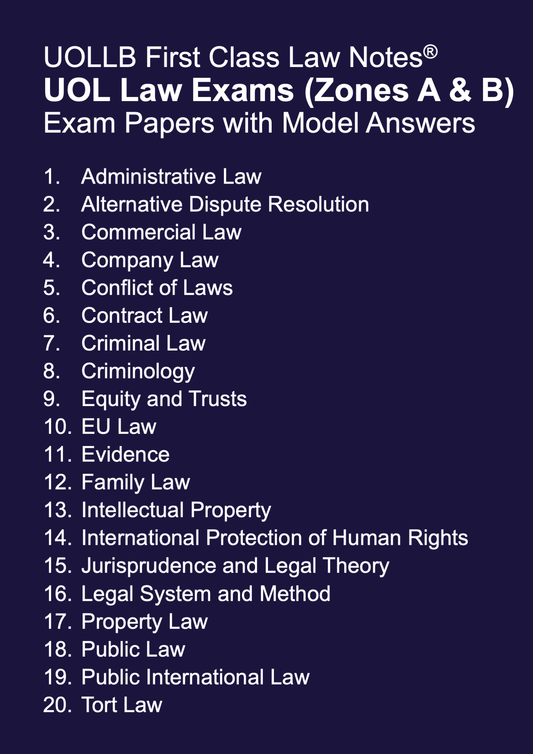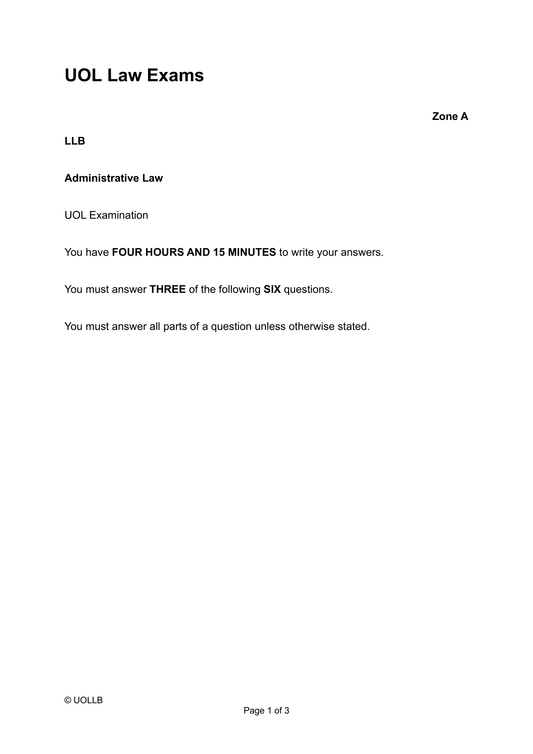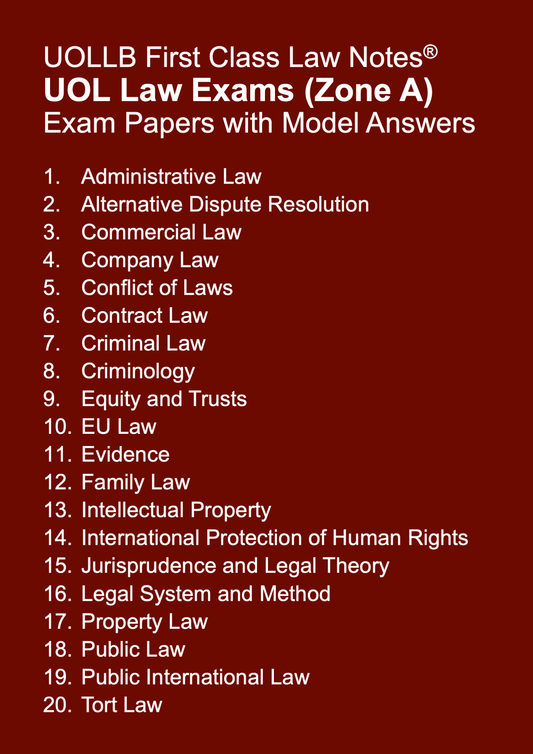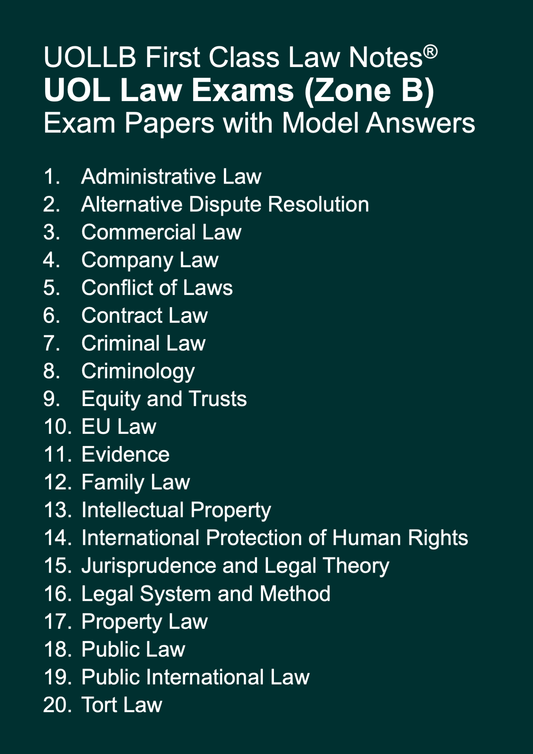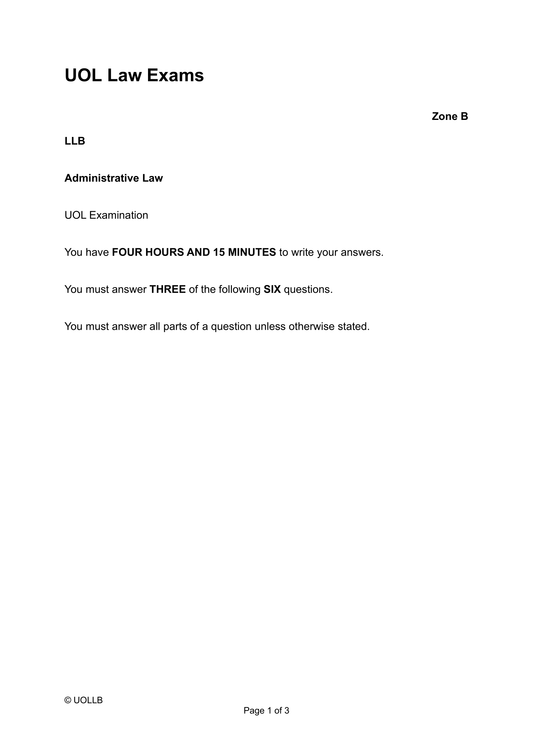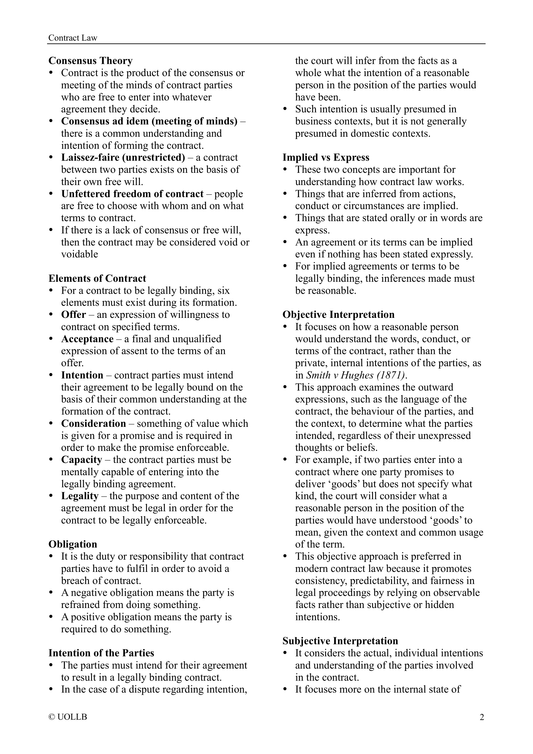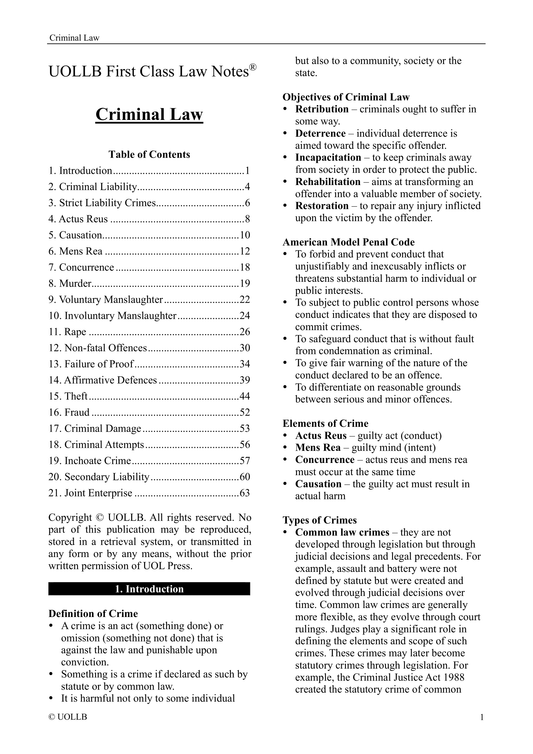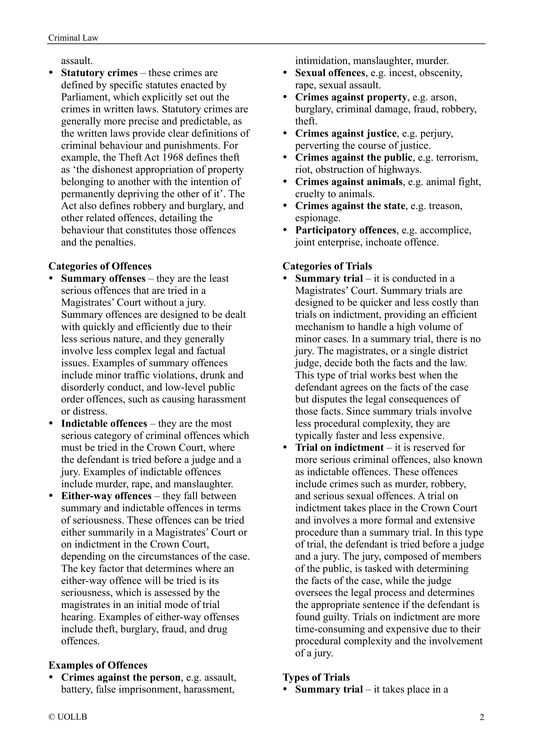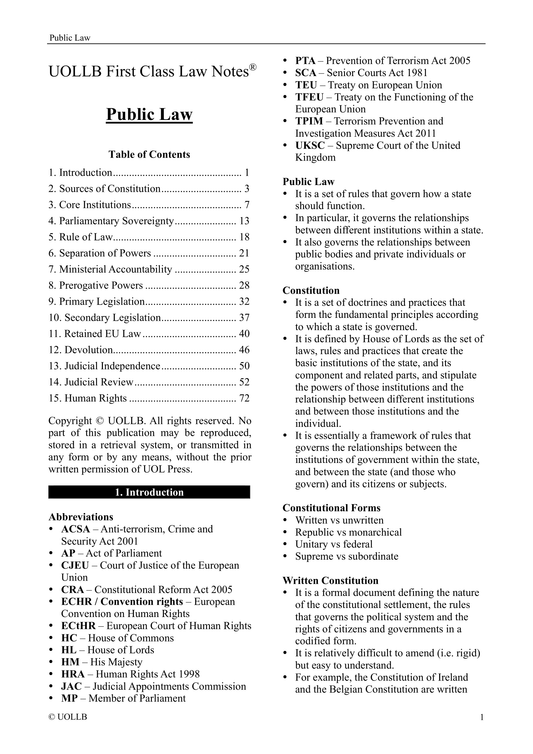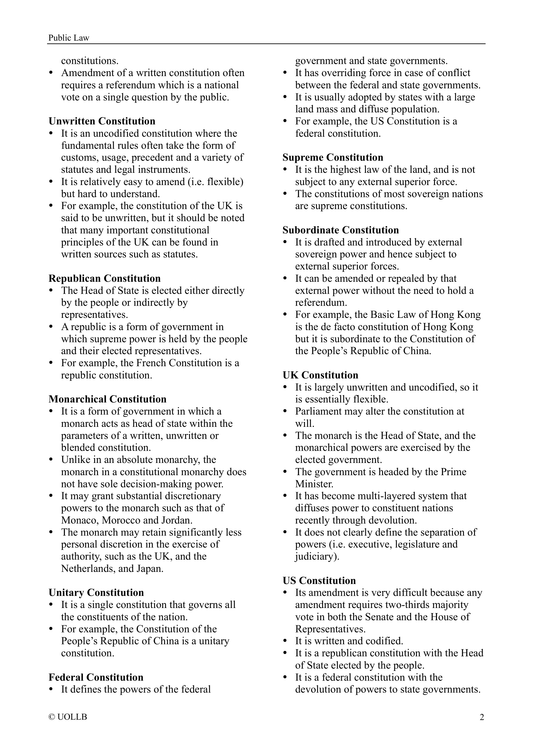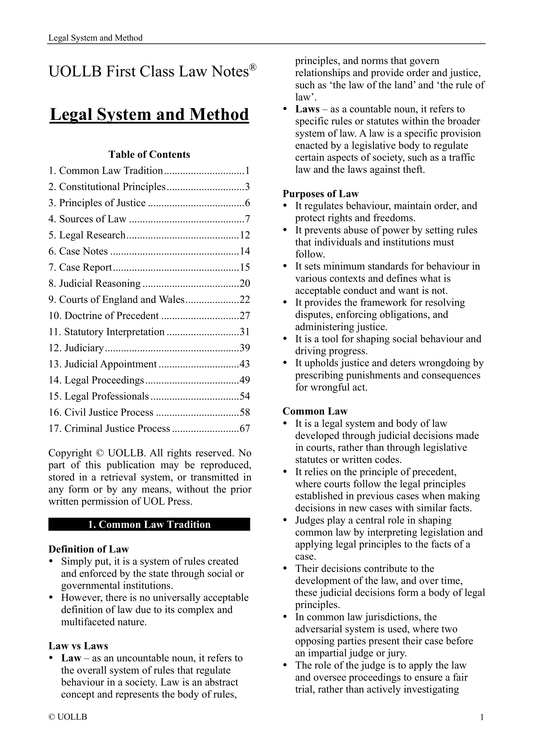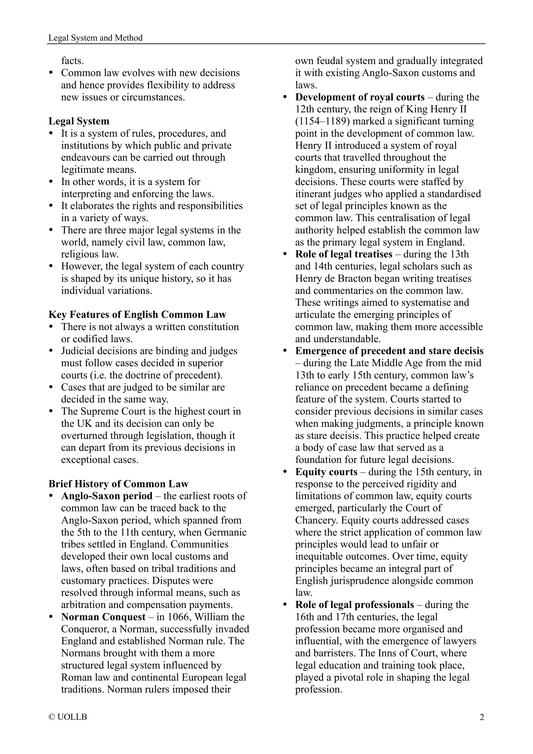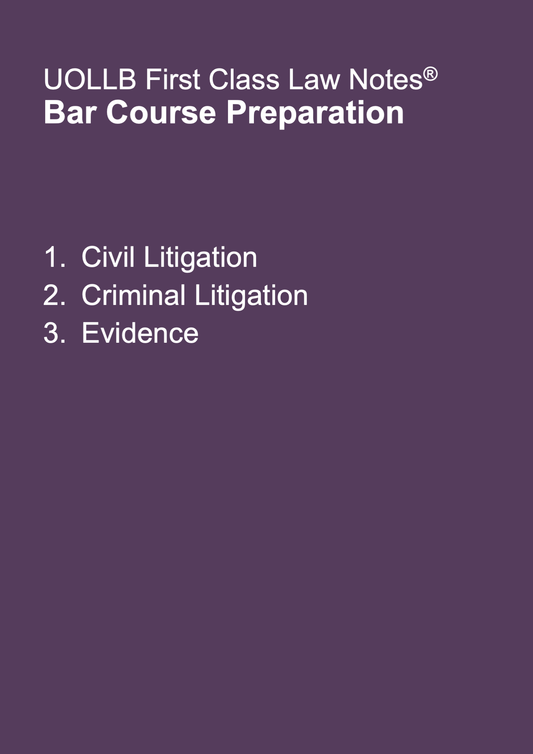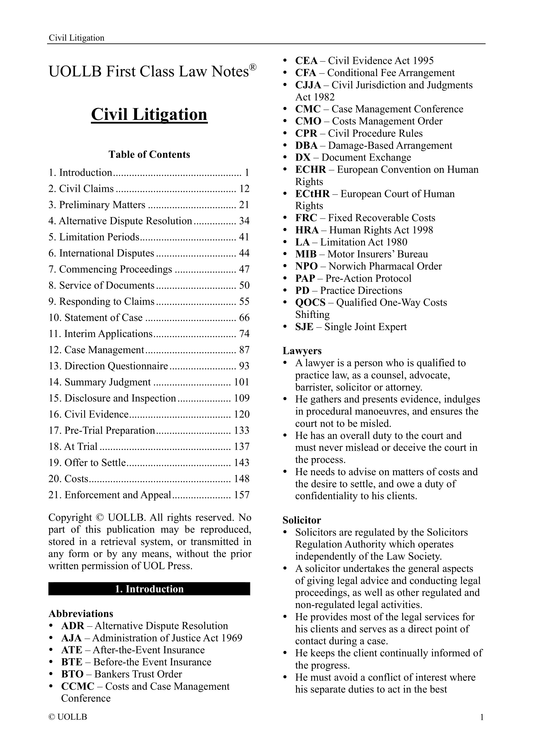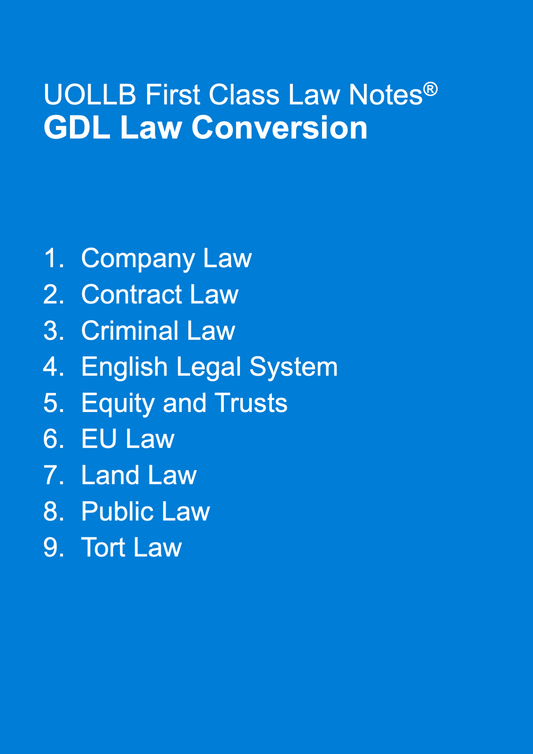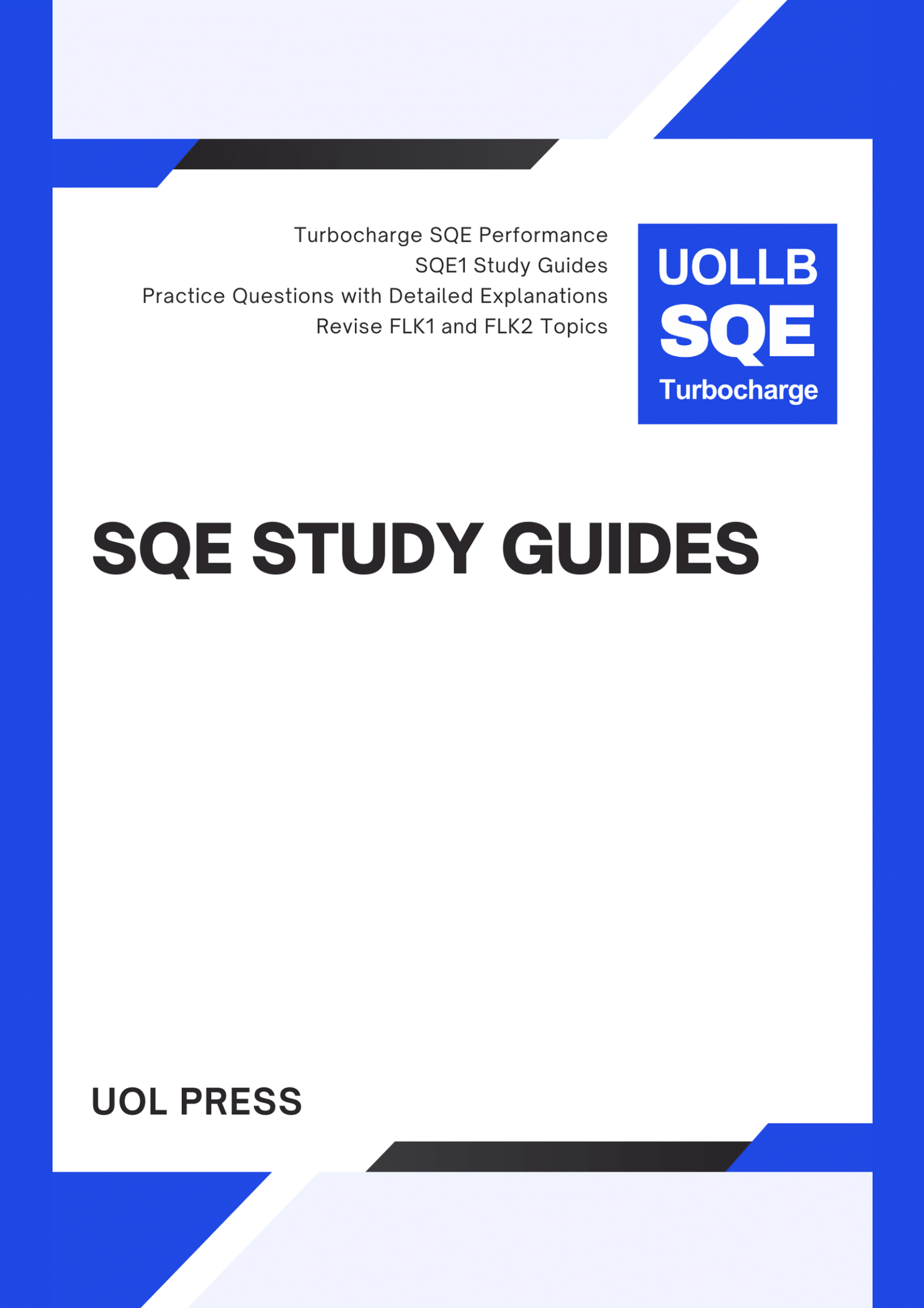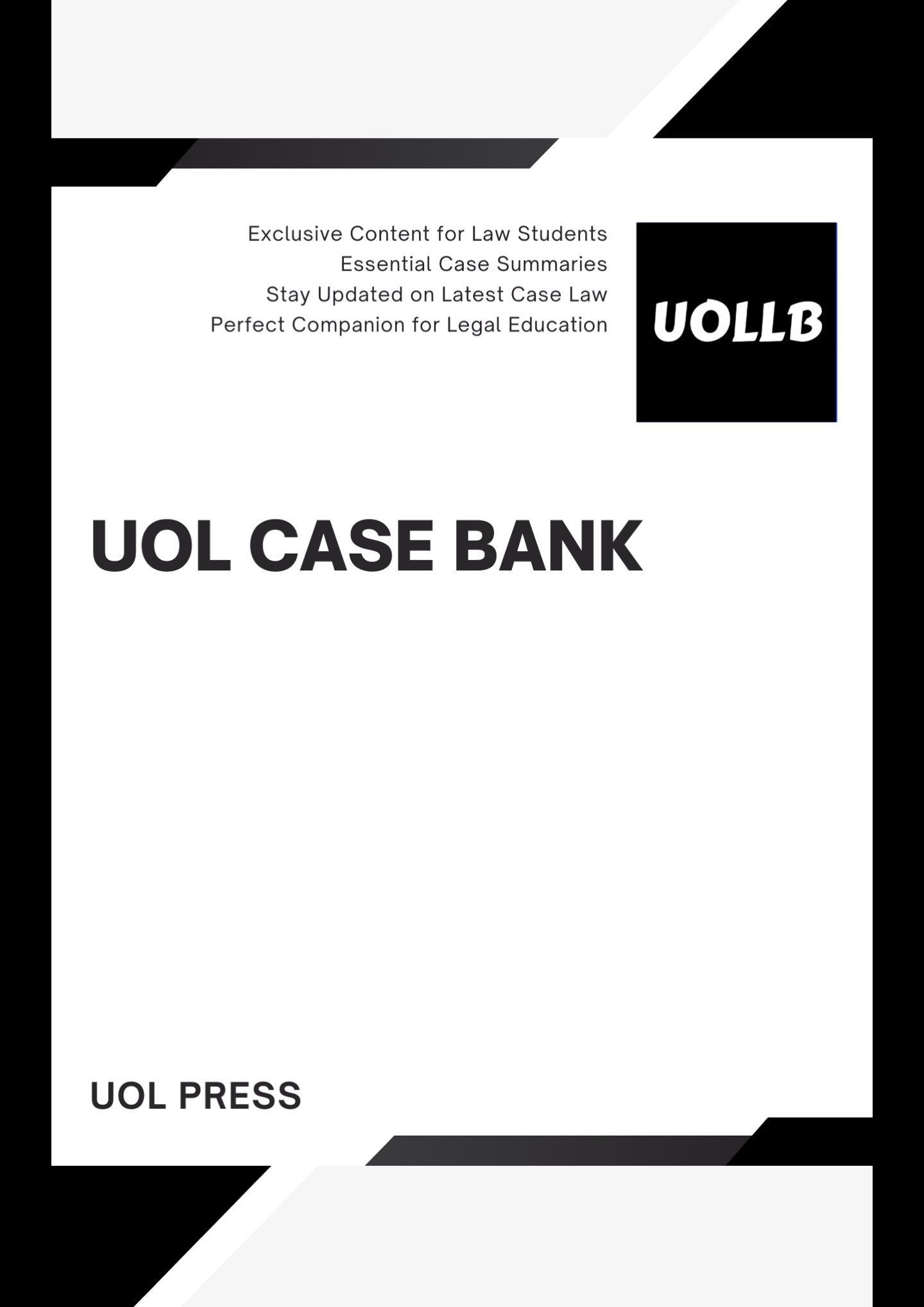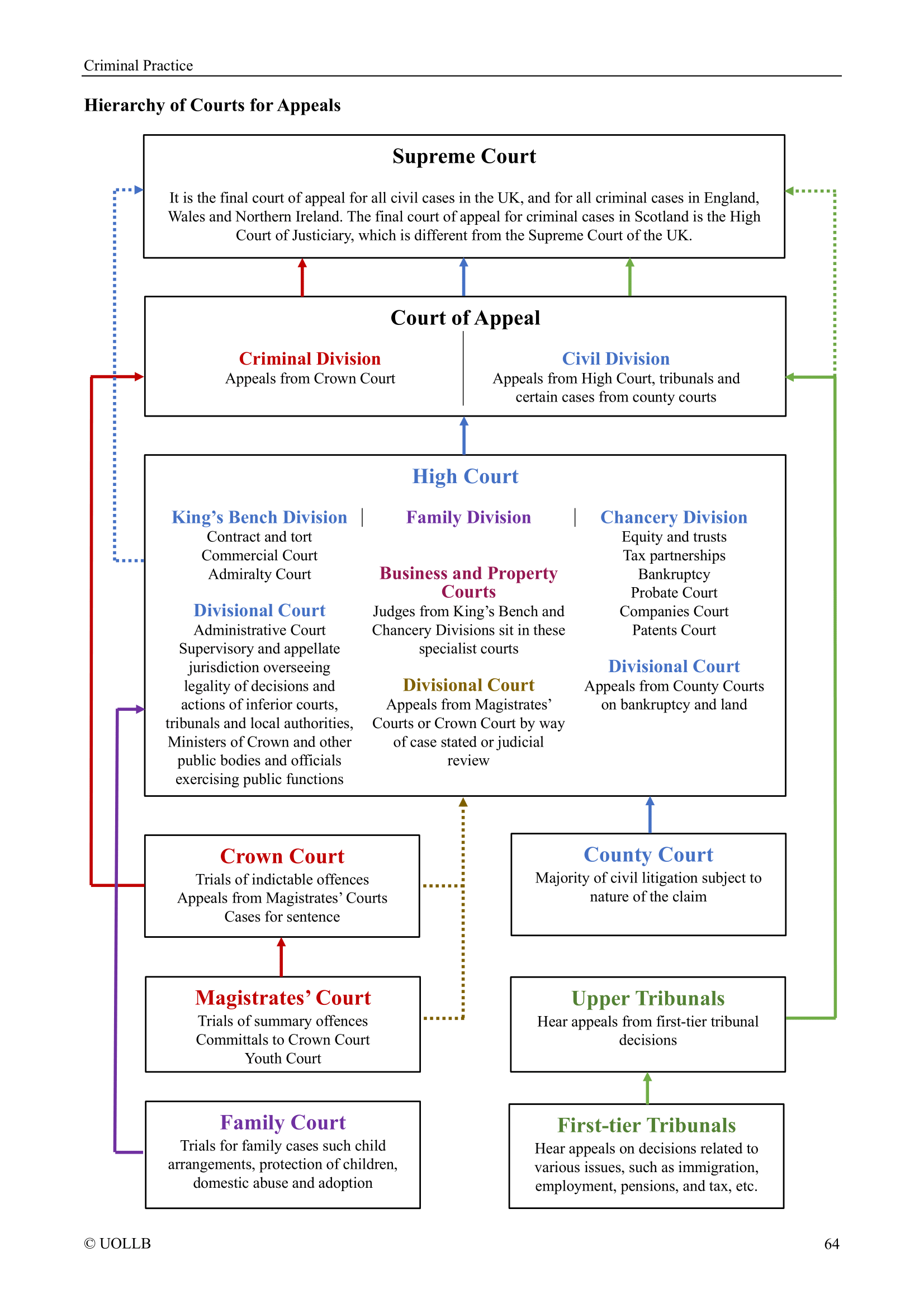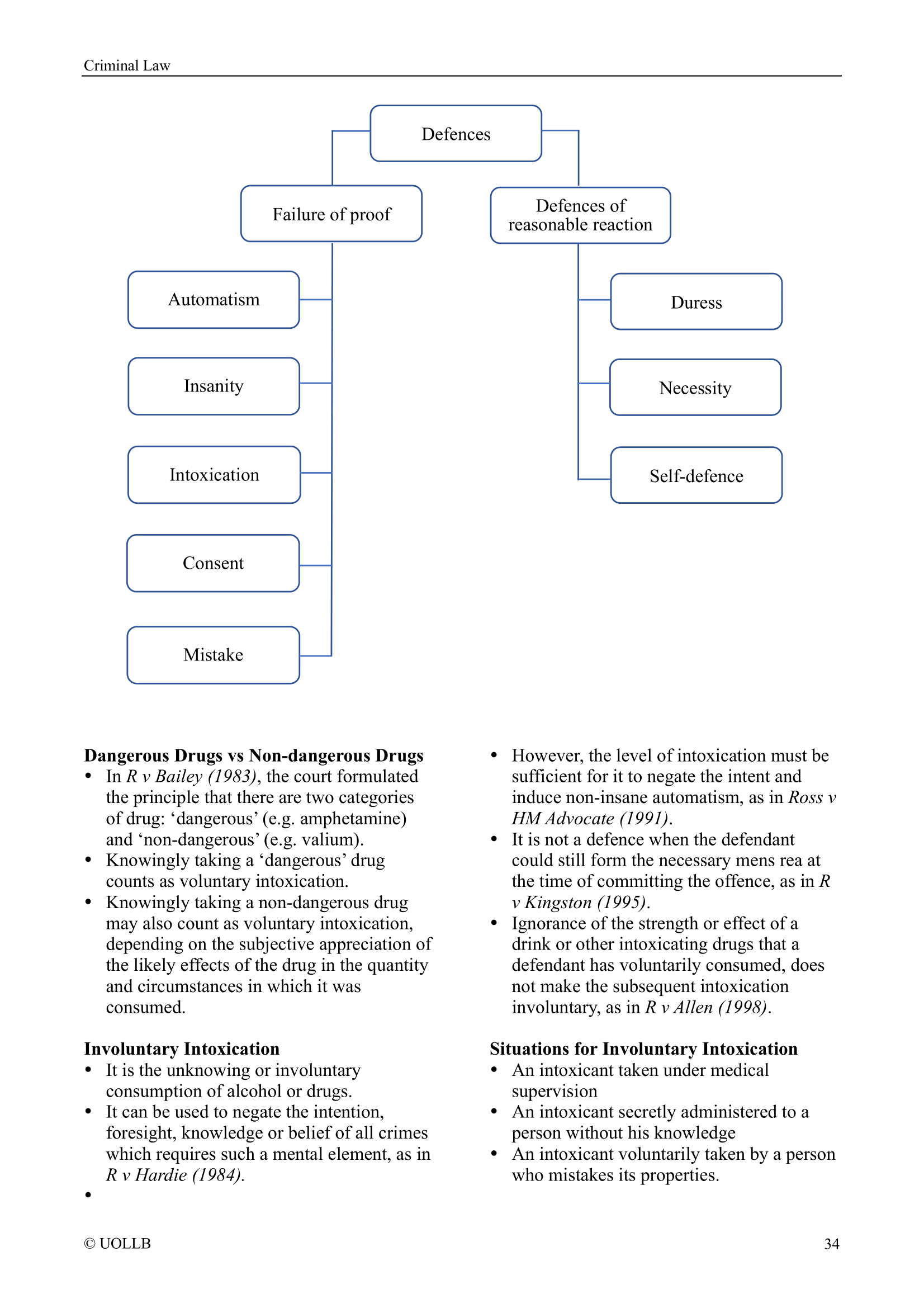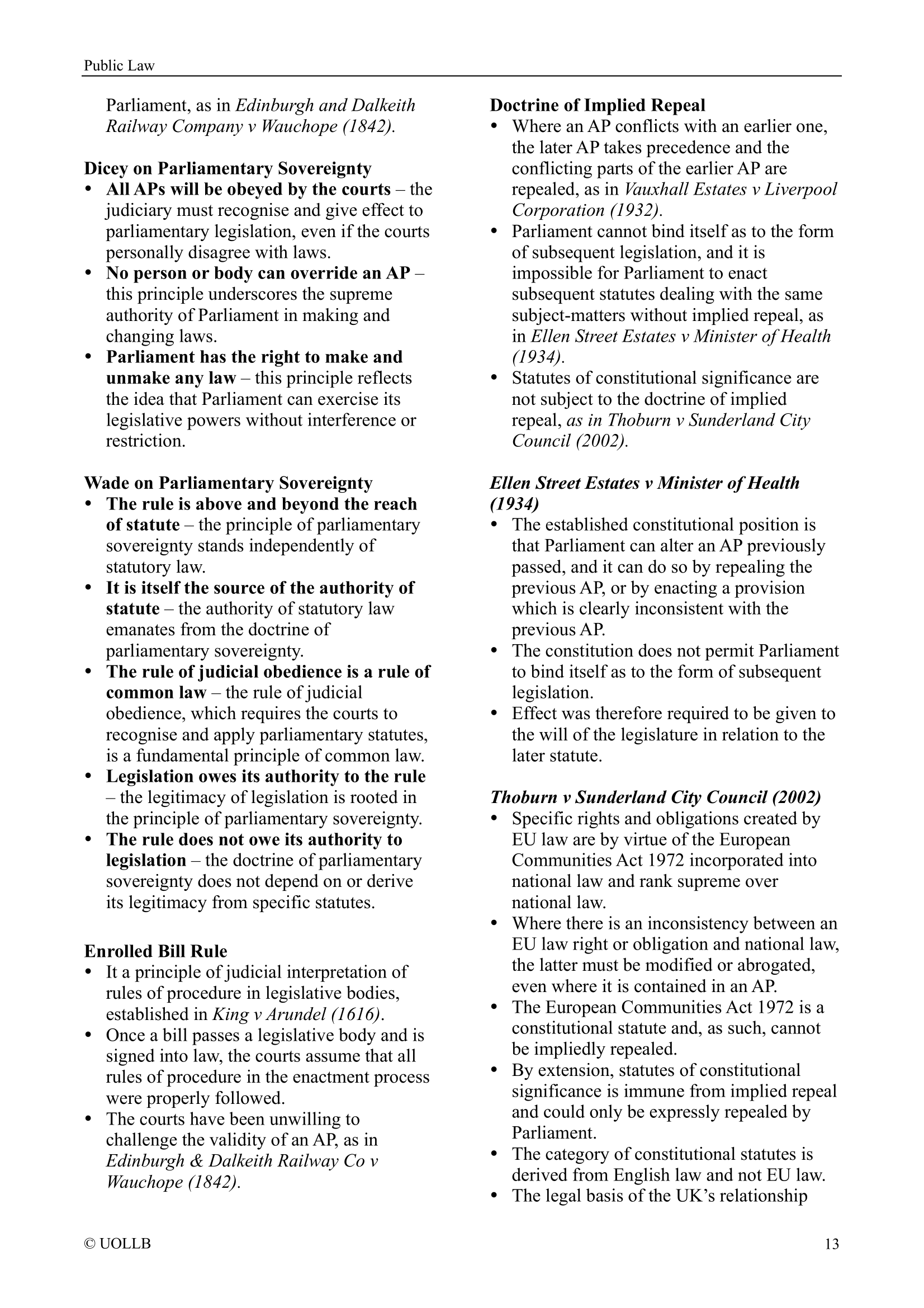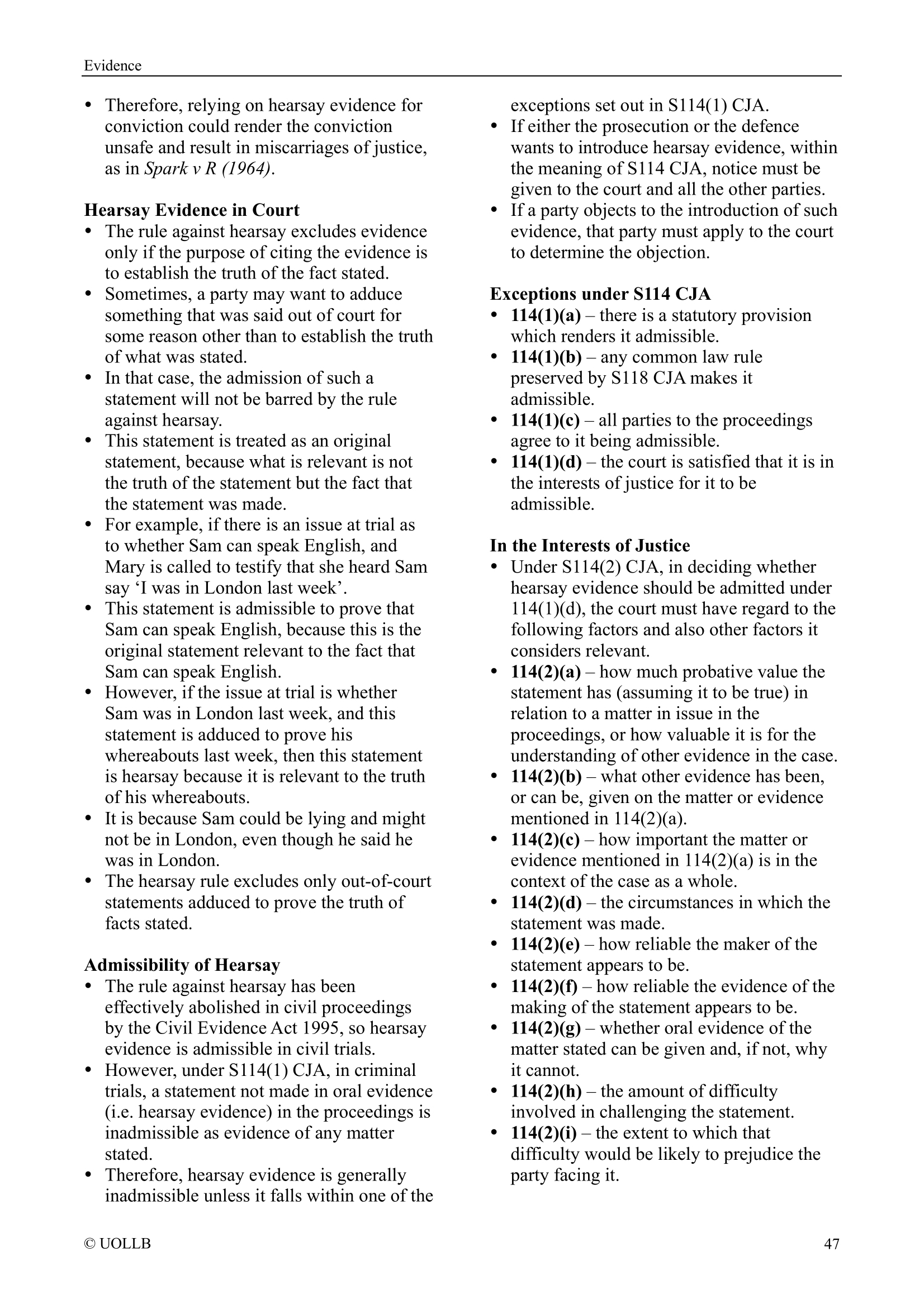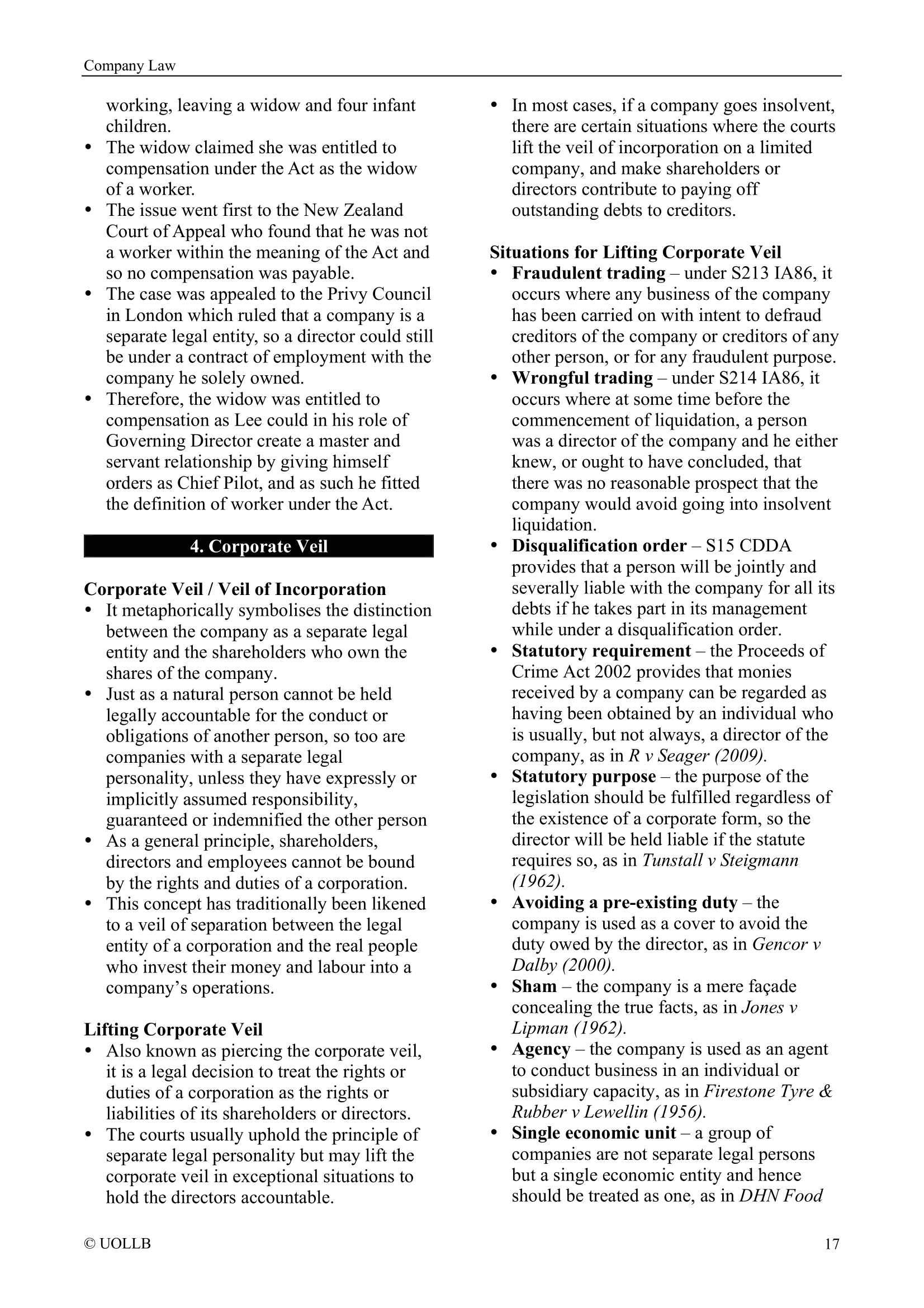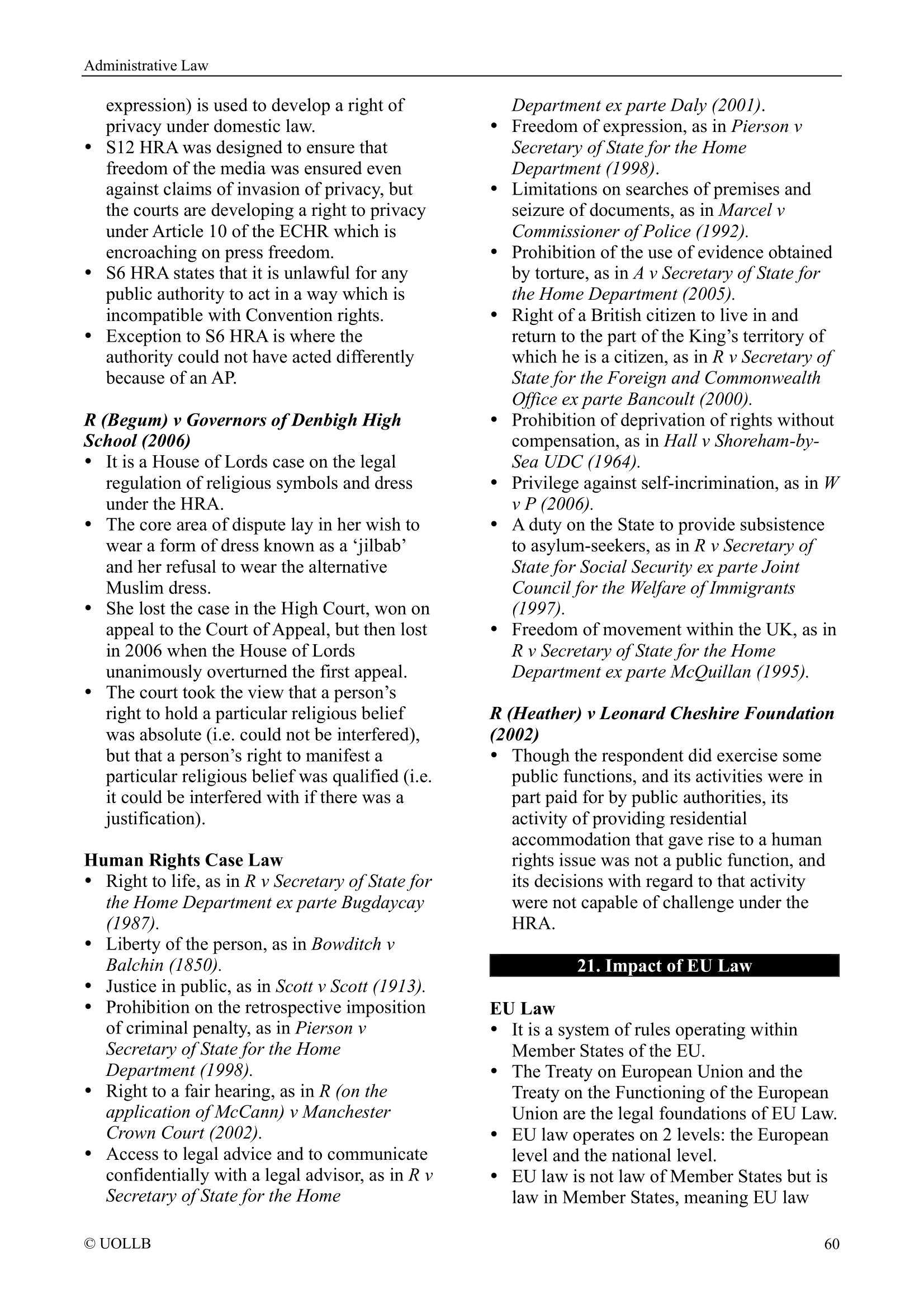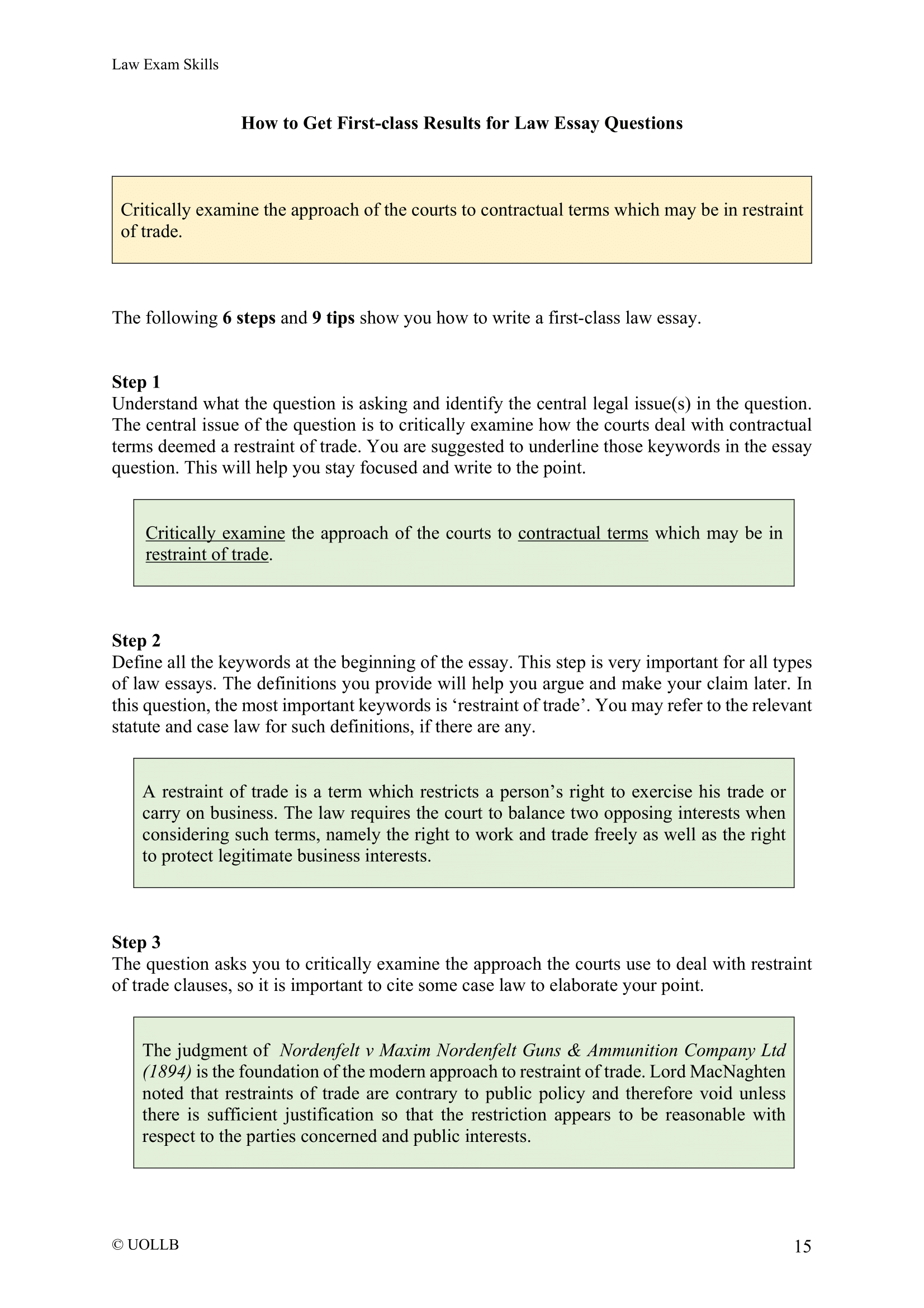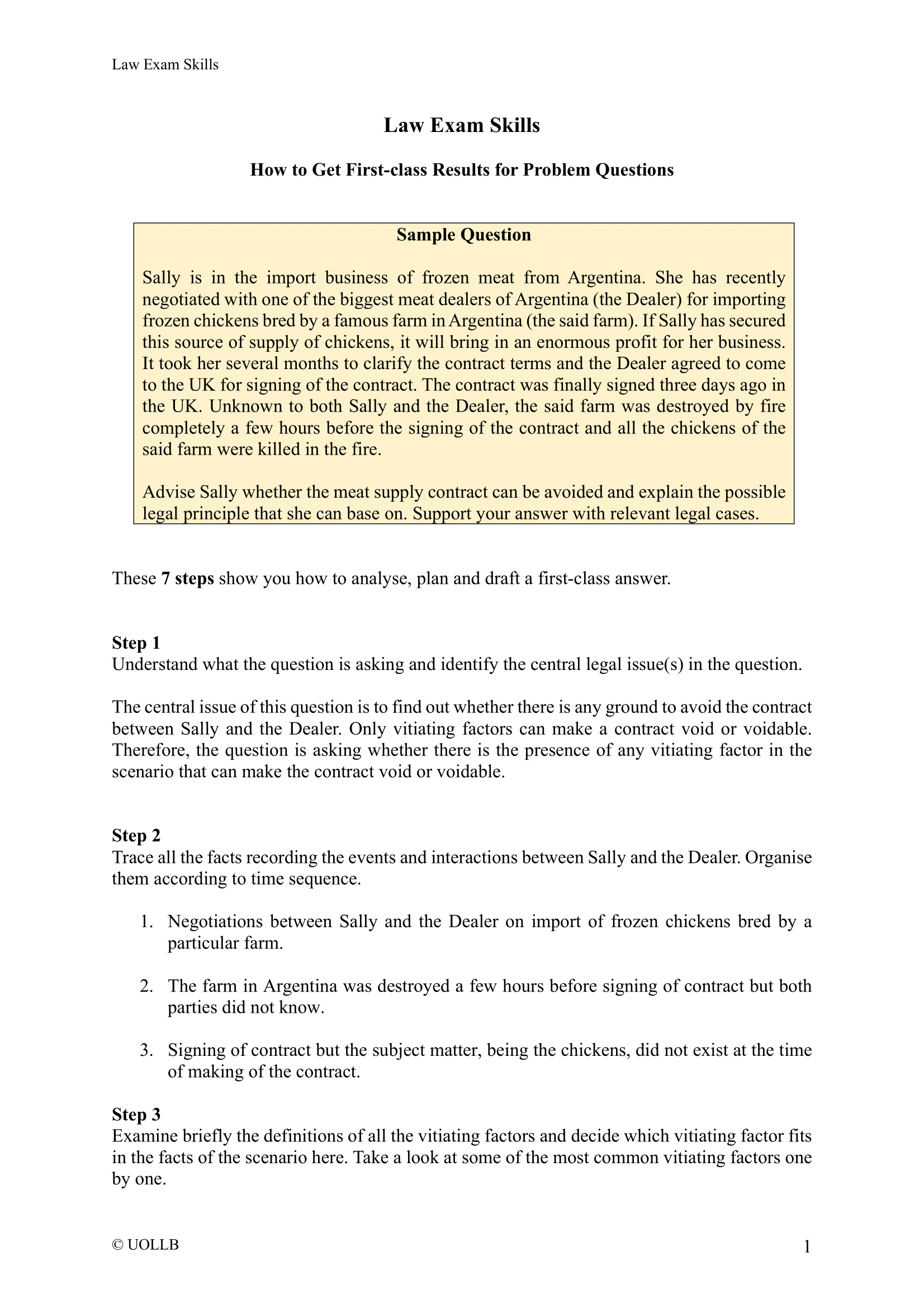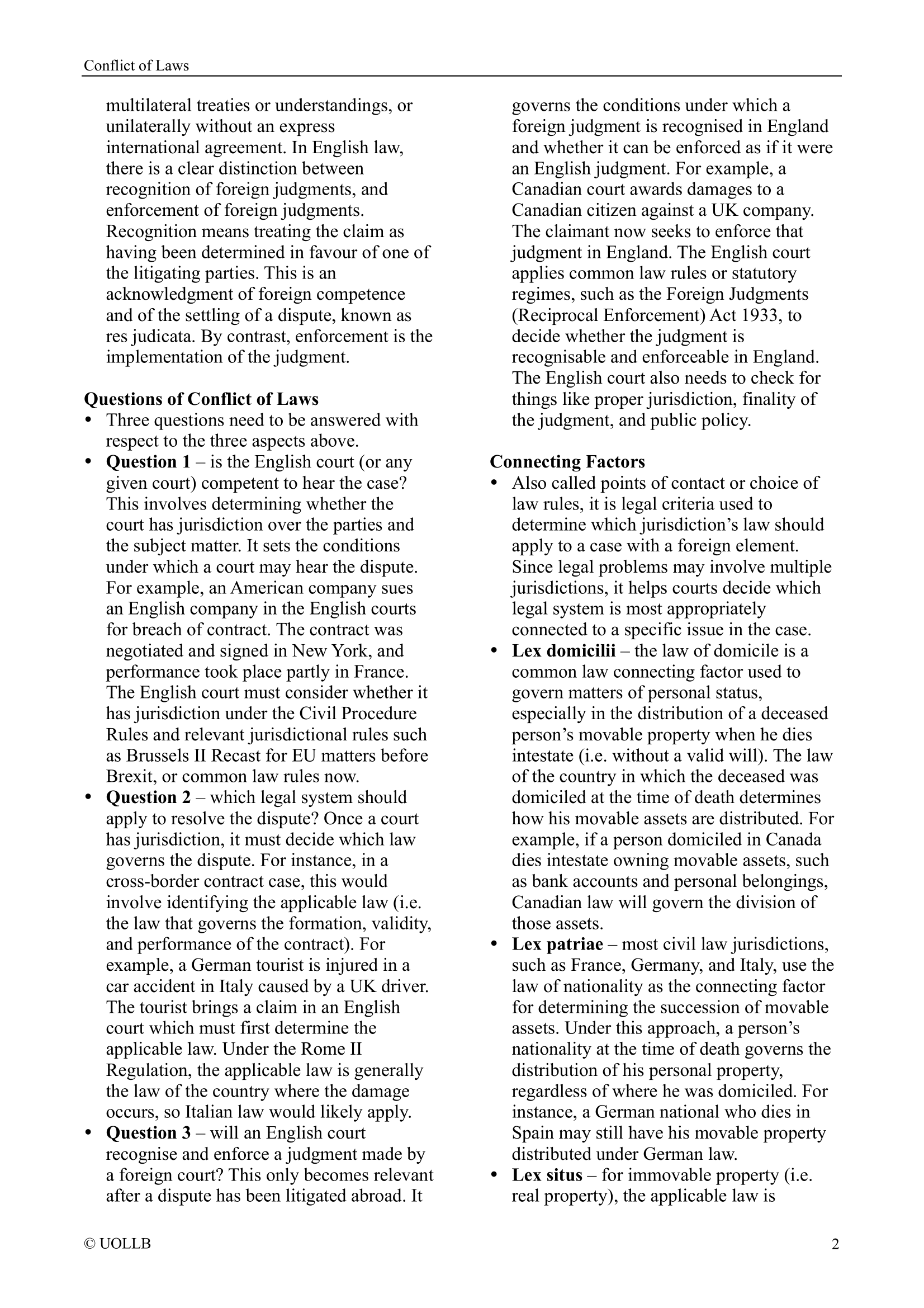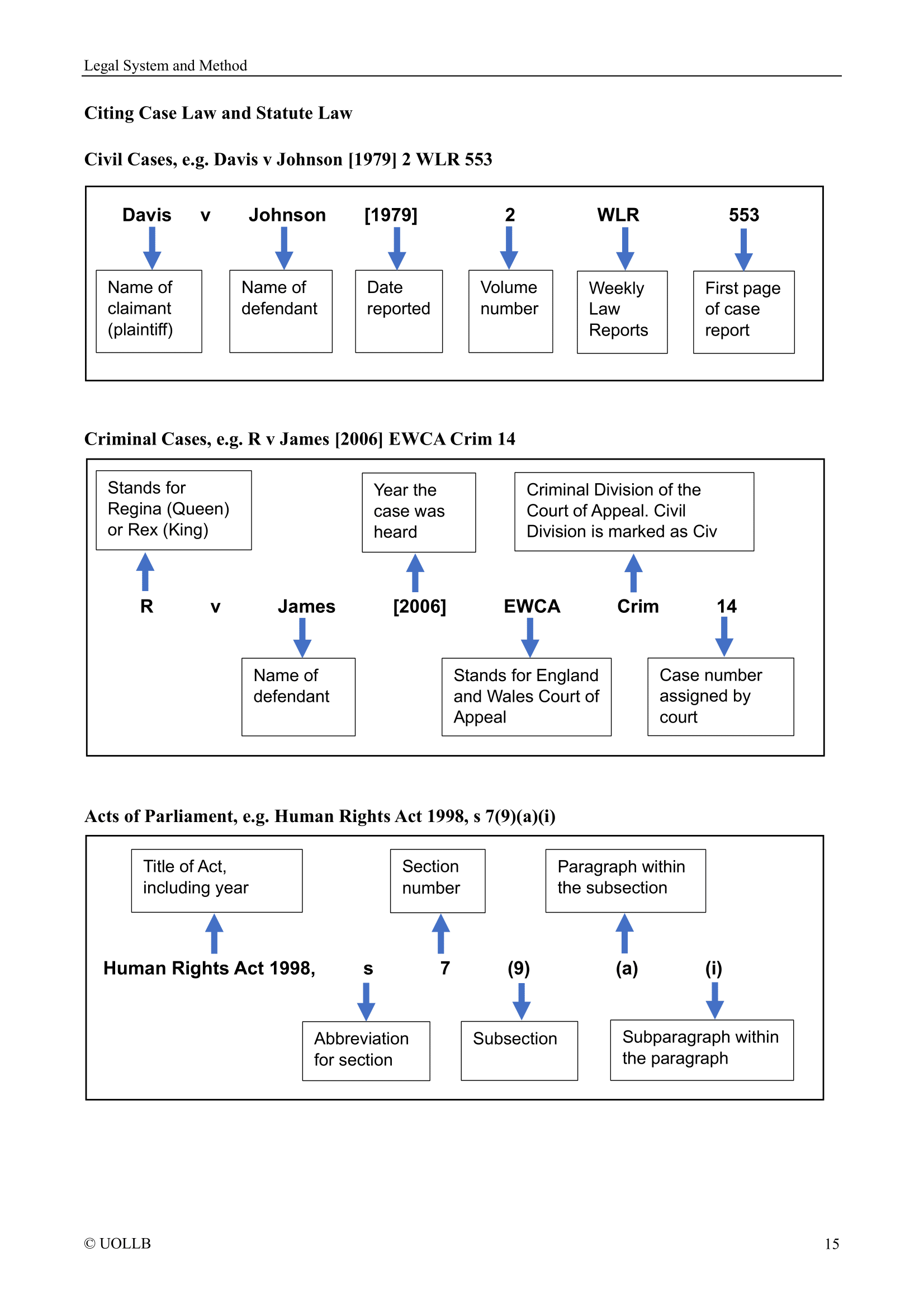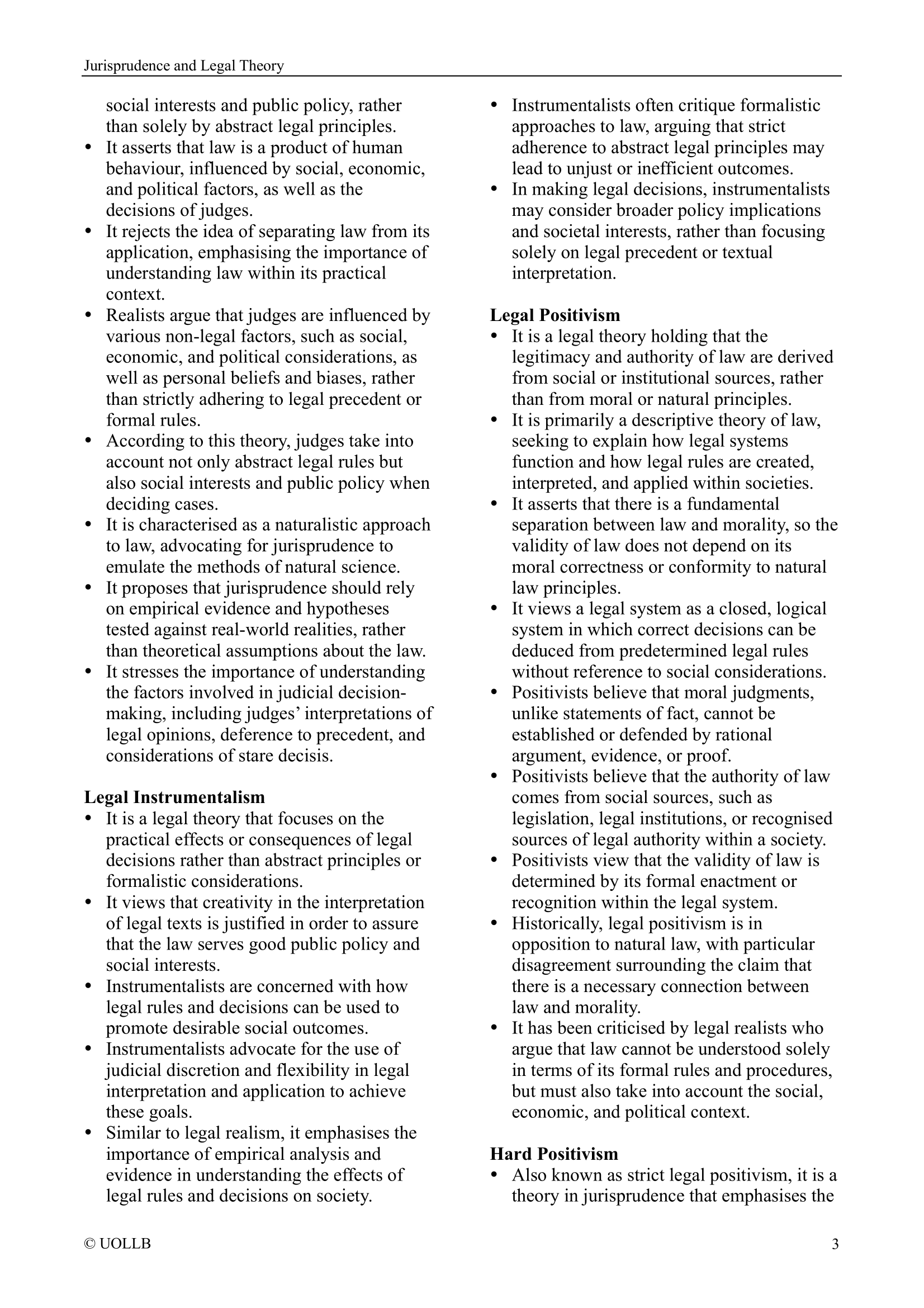R v Moloney [1985]
Share
R v Moloney [1985] AC 905, [1985] 1 All ER 1025 clarified that inferring intention from foresight of probable consequence is a rule of evidence. The decision set a precedent that in cases of murder, the jury must be carefully directed that they may infer intent from the natural consequences of the defendant's actions, but they are not required to do so. This ensures that a conviction for murder is only reached where there is clear evidence of intent beyond foresight alone.
The defendant, Moloney, and his stepfather had a friendly and loving relationship. One evening, after both had been drinking heavily, they engaged in a drunken competition to see who could load a shotgun faster. After Moloney won the contest, his stepfather challenged him to fire the gun. Moloney did so, without aiming deliberately, and unintentionally shot and killed his stepfather. He was charged with murder, and after his initial conviction, he appealed. The Court of Appeal allowed his appeal, and the case was heard by the House of Lords.
The key issue in the case was whether the mens rea of murder required direct intent to kill or cause serious bodily harm, or whether foresight of a serious likelihood of harm occurring was sufficient to infer intent. Specifically, the question was whether the jury could infer intent to kill or cause grievous bodily harm if they found that the defendant foresaw death or serious injury as a natural consequence of his actions.
The House of Lords allowed Moloney's appeal and quashed his conviction for murder. The court held that foresight of the consequences of an action is not the same as intent. Foresight is simply evidence from which a jury may infer intent, but it is not conclusive proof of intent.
Lord Bridge, delivering the judgment, explained that the mens rea of murder requires direct intent to kill or cause serious harm, and foresight of consequences, while relevant, does not automatically establish intent. He set out a two-part test for the jury to consider in cases like Moloneys:
- Was death or serious injury a natural consequence of the defendant's actions?
- Did the defendant foresee that consequence as a natural result of his actions?
If both questions are answered affirmatively, the jury may infer intent, but they are not obliged to do so. Foresight, in itself, is no more than evidence of intent and does not constitute intent by itself.
R v Moloney is a landmark case that clarified the role of foresight in determining intent in murder cases. It established that foresight of consequences is not equivalent to intent but is merely a factor the jury can consider when deciding if a defendant had the necessary intent to kill or cause serious injury. This distinction between foresight and intent became central in later cases concerning oblique intent, such as R v Nedrick [1986] and R v Woollin [1999], which further refined the test for determining intent in cases where the outcome was not the defendant's direct aim.
